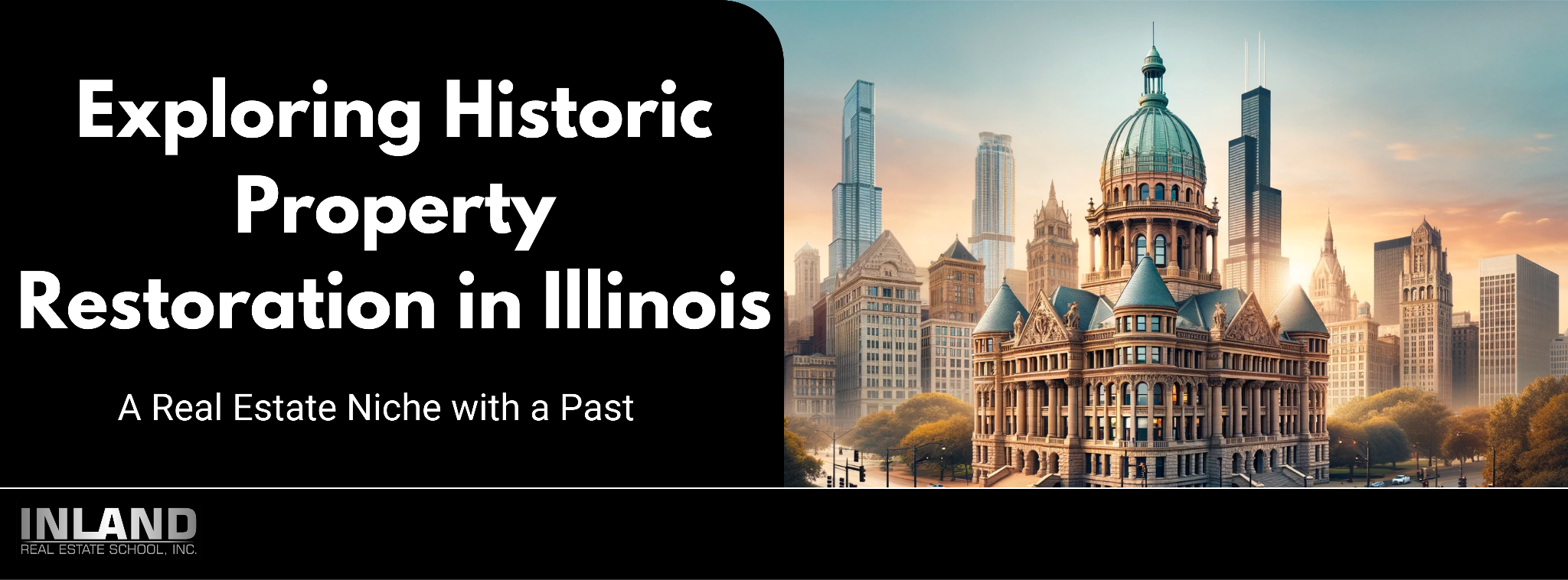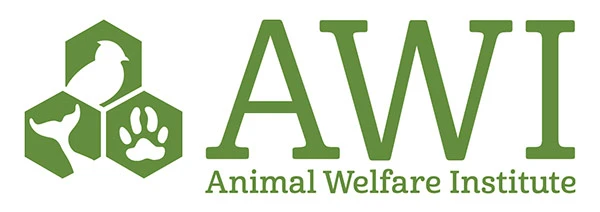
Exploring Historic Property Restoration in Illinois: A Real Estate Niche with a Past
Introduction
Unveiling the Niche Market:
Historic property restoration in Illinois is more than just a real estate venture; it's a journey into the past, reviving and preserving the architectural heritage that defines the state's rich history. Illinois, with its myriad of historic buildings and neighborhoods, offers unique opportunities for those passionate about bringing new life to old structures. This blog post explores the world of historic property restoration, highlighting the financial incentives, challenges, and transformative impact these projects can have on communities across Illinois.
Historic Illinois: A Land of Opportunity
From the grandeur of Chicago's storied buildings to the quaint charm of rural heritage homes, Illinois is a tapestry of architectural history waiting to be rediscovered and revitalized. Each restoration project is not just about preserving a building; it's about keeping a piece of history alive, contributing to community identity, and fostering economic growth through heritage tourism and increased property values.
Financial Incentives and Resources
Overview of Financial Incentives for Building Rehabilitation:
Tax Incentives: Illinois offers a range of tax incentives for rehabilitating historic properties. These include a 20% federal rehabilitation income tax credit for historic, income-producing properties and a 25% state rehabilitation income tax credit in specific zones. There's also a property tax assessment freeze program for historic, owner-occupied residences.
Additional Income Tax Credits: The Illinois Housing Development Authority administers affordable housing income tax credits, which can be paired with the federal rehabilitation tax credit when rehabilitating historic buildings for affordable housing.
Non-Historic Building Incentives:
10% Rehabilitation Income Tax Credit: This federal credit is available for rehabilitating non-historic buildings built before 1936, helping to reduce building owners’ federal income taxes.
Disabled Access and New Markets Credits:
50% Disabled Access Income Tax Credit: This IRS program offers tax credits for making business properties handicap accessible.
New Markets Income Tax Credits: Aimed at investments in distressed areas, this program provides a credit totaling 39% of the investment cost over seven years.
Local Incentives and Property Tax Reductions:
Cook County Class 'L' Property Tax Incentive: This program offers reduced property tax assessments for qualifying landmark buildings undergoing substantial rehabilitation.
Local Incentives: Various local incentives exist, such as grants and low-interest loans funded from special taxes or economic development districts like TIF districts and Special Service Areas.
Loan and Grant Programs:
203(k) Rehabilitation Loan Program: This HUD-administered program allows owners to finance both the acquisition and rehabilitation of a home.
Landmarks Illinois Grant Programs: These programs assist historic structures with specific rehabilitation needs.
Challenges and Opportunities in Historic Property Restoration
1. Challenges in Adaptive Reuse:
Sustainable Design and Preservation Integrity: A key challenge in historic property restoration is balancing sustainable design goals with maintaining the building's historic integrity. For instance, the Tiger Senior Apartments project in Paris, Illinois, faced challenges incorporating sustainable design features like insulation and energy-efficient systems while preserving the interior's historic character.
Funding and Timelines: Another major hurdle is the funding and cost factor, especially for affordable housing projects. The process of receiving funding approval, closing deals, and completing construction can be lengthy and deter community leadership from undertaking such projects.
2. Opportunities in Historic Buildings:
Adaptive Reuse for Affordable Housing: There is a significant opportunity to use historic buildings for affordable housing projects. A wide variety of historic eligible buildings across Illinois, such as old school buildings and industrial structures, are excellent candidates for adaptive reuse. This approach not only preserves community history but also promotes sustainability.
3. Policy Recommendations for Easier Adaptation:
Expanding Tax Credits and Incentives: To facilitate the adaptive reuse of historic buildings, expanding the Illinois Historic Preservation Tax Credit and creating a statewide low-income housing tax credit would be beneficial. Additionally, providing more flexibility in preservation requirements for elements like windows and flooring can help reduce the costs of historic building rehabilitation, making these projects more appealing to both HUD and private developers.
Conclusion
As we've explored in this blog, historic property restoration in Illinois is not just about preserving bricks and mortar; it's about reviving the soul of our communities. The successful case studies we've highlighted, from the MOJO Museum to the Old Cook County Hospital, are testimonies to the resilience and adaptive potential of these historic structures. They serve as beacons of hope and inspiration, showing how revitalizing our past can breathe new life into our present.
Financial Incentives as Catalysts:
The various financial incentives and resources, from federal tax credits to local grants, play a pivotal role in making these restoration projects feasible. They not only offer financial relief but also encourage investment in properties that might otherwise be overlooked. It's through these incentives that the daunting task of restoration becomes an attainable dream for many.
Challenges as Stepping Stones:
While the journey of restoring historic properties comes with its unique set of challenges, these obstacles pave the way for innovation and creative solutions. Challenges like balancing modern sustainability with historical integrity, and navigating complex funding processes, are essential learning experiences that help refine and improve our approaches to preservation.
This exploration of historic property restoration in Illinois is more than just an overview of a niche real estate market. It's a call to action for all who value our cultural heritage and the stories embedded in our architectural landscapes. Whether you're a developer, a community leader, or simply someone who appreciates the beauty and history of old buildings, there's a role for you in this endeavor.
Embracing the Future with Respect for the Past:
As we look forward, let's not forget the importance of our past. Investing in historic property restoration is not just an investment in real estate; it's an investment in our history, our culture, and our communities. Let's join hands in preserving the rich architectural legacy of Illinois, ensuring that these historic gems continue to shine for generations to come.
WE OFFER OVER
25+
PROGRAMS
WE HAVE SERVED
12000+
STUDENTS
VETERAN STAFF
40+ Years
INDUSTRY EXPERIENCE
PROUDLY PROVIDING
23+ Years
OF EDUCATION
INLAND REAL ESTATE SCHOOL, INC. SUPPORTS

Campus Visiting Hours by appointment only:
1st-18th each month AM times, M-F
19th-end of the month PM times, M-F
Visiting hours need to be scheduled in advance
OAK BROOK, ILLINOIS 60523. © INLAND REAL ESTATE SCHOOL, INC. A PROFESSIONAL STUDIES INSTITUTE, INC. COMPANY, 2010. ALL RIGHTS RESERVED.
NOT AFFILIATED WITH THE INLAND REAL ESTATE GROUP OF COMPANIES, INC. THE INLAND NAME IS USED UNDER LICENSE. Privacy Policy







